Mole de Guajolote 1887 (Turkey Mole)
La cocinera poblana ; y El libro de las familias : novísimo manual práctico de cocina española, francesa, inglesa y mexicana, higiene y economía doméstica : contiene más de dos mil fórmulas de ejecución sencilla y fácil : tratados especiales de pastelería, confitería y repostería, diversas recetas y secretos de tocador y medicina doméstica para conservar la salud y prolongar la vida. 3. ed., corr. y aum. México : Tip. de J.F. Jens, 1887-1888. Vol. 2, p. 5 [TX725 .C635 1887]
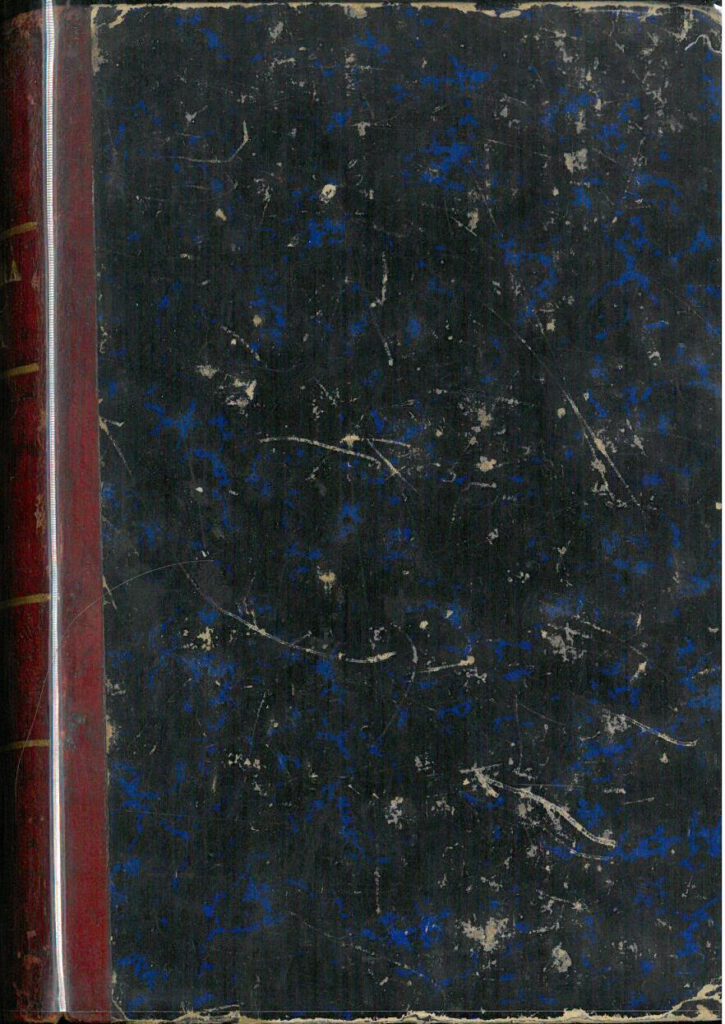
Have mountains of leftover turkey to eat? Well, if you’re out of mashed potatoes and gravy and tired of sandwiches, consider trying this Mole de Guajolote / Turkey Mole recipe from a popular 1887 cookbook. The recipe includes instructions for cooking the turkey, but you can definitely use leftover Thanksgiving turkey by simply waiting to add the meat till later in the process.
Wondering why there’s no chocolate in the recipe below? See this post on Mole Poblano for a discussion of mole’s origins and ingredients (and for a mole recipe that might be easier to implement in your kitchen).
And if Thanksgiving dinner and turkey mole still don’t sate your appetite for turkey, be sure to check out the Cuero Turkey Trot on The Top Shelf.
1,272. Mole de Guajolote
Para un guajolote grande se emplea una libra de chile mulato, cuatro onzas de chile pasilla y otras cuatro de chile ancho; si falta chile se pueden aumentar tres onzas mas al mulato. Se desvena todo y se pone manteca en un sarten con poca lumbre para que el chile se dore poco á poco; se muelen tomates segun la cantidad de chile y se muelen mucho. A parte se tuesta en el comal cuartilla de ajonjolí y se muele en seco hasta que sude; se dora en manteca un real de almendras y se muelen tambien en seco con todo y cáscaras y se juntan con el ajonjolí. Se hace cuartos el guajolote, se lava, se seca con una servilleta, se sancochan en manteca las raciones á que queden dorados. El dia antes se cuece un codillo con retazos de carne de Puerco y á medio cocer se baja de la lumbre. Al otro dia temprano se pone una cazuela con el guajolote. Cuando se quiere ya hacer el mole se pone á calentar agua en una olla y ya que está muy caliente se baja. Se pone una cazuela vacía en la lumbre y despues que se calentó se le echa un poco de manteca; cuando está bien caliente se echa el chile á que se fria bien, se le pone poco á poco agua caliente y se va desbaratando con una cuchara; una vez que está bien frito se pasa á la cazuela en que está el guajolote; del mismo modo se frie el tomate, se desbarata con una cuchara en agua caliente y se echa tambien en la cazuela en que está el guajolote. Con agua caliente se enjuaga la cazuela en que se frió el chile en donde está el guajolote; se sancocha el codillo y los retazos con todo el caldillo que se coció y se deja dorar todo. Se pone en la lumbre ya que lo tiene todo, y se le pone agua en cantidad regular, pero que no qude aguado. El agua se ha de echar caliente lo mismo que el ajonjolí; la almendra se desbarata con una cuchara y se echa al mole. Se tuestan en el comal unas pepitas de chile y un poco de anís, procurando que no se pase y amargue el mole, así como un poco de clavo, canela, pimiento y un cuarteron de tortilla dorada en manteca. Todo se muele con agua caliente y se echa al mole con sal aguada.
Para que no quede aguado el guajolote se saca de caldillo si ya está cocido para que no se desbarate mientras el caldillo espesa lo necesario.
1,272. Mole de Guajolote
For a large turkey, use a pound of chile mulato, four ounces of chile pasilla, and another four ounces of chile ancho. If you lack chile pasilla or chile ancho, you can add three more ounces of chile mulato.
De-vein all the chiles. Heat lard in a frying pan over low heat to brown the chiles little by little.
*Cooking Note: The recipe never mentions grinding the chiles; however, it seems highly probable that they need to be ground at some point, either before or after frying.
Grind an amount of tomatillos according to the quantity of chiles used. Grind very well.
Toast some of the sesame seeds on a griddle and grind dry. Brown one real’s worth of almonds in lard and grind them also grind them whole before adding to the sesame seeds.
*Translation Note: A real is a Spanish coin from the 18th century. Its use as a term of measurement in a late 19th c. recipe seems rather unusual. I am not sure what quantity “a real” indicates in this context, but Diana Kennedy calls for 20 unskinned almonds for a small turkey, so 40 almonds for a large turkey seems a reasonable approximation; likewise, she calls for 7 tablespoons of sesame seeds for a small turkey, so perhaps up to 14 tablespoons for a large turkey. [1]
Quarter the turkey, wash, dry with a napkin, and sauté in lard till browned.
*Translation Note: “Sancochar” is most often translated as parboil, but as no liquid is mentioned here, I think the turkey is probably being sautéed in this instance.
The day before, cook a ham hock with bits of pork and remove from the heat when medium rare.
Early the next day, put the turkey in a deep pot.
When you are ready to make the mole, heat water in another pot and remove from the heat when very hot.
Heat an empty pot; when hot, add a little lard. When the lard is well heated, add the chiles. When the chiles are well-fried, add the hot water little by little, dispersing it with a spoon. Once well-cooked, add this chile mixture to the pot holding the turkey.
In the same way, fry the ground tomatillo mixture, breaking it up with a spoon as you add the hot water, and adding it to the turkey.
Rinse the pot used to fry the chiles with hot water. Parboil the ham hock and pieces of pork in broth and leave to brown.
Put onto the heat everything assembled so far and add enough water to achieve the proper consistency, but not so much that the stew becomes watery. The water should be hot. Likewise, add the ground sesame seeds and almonds and break up with a spoon to make the mole.
Toast some chile seeds on a griddle, as well as a bit of anise. Also a bit of cloves, cinnamon, pepper, and a quarter pound of tortillas fried in lard. Grind all of this with hot water and to the mole with sea salt.
*I am not certain whether “sal aguada” means sea salt or salt water. The literal translation of watery salt does not seem to make sense.
Remove the turkey from the broth if it is fully cooked, so that it does not disintegrate while the sauce cooks to the proper thickness.
[1] Diana Kennedy, The Essential Cuisines of Mexico (New York: Clarkson Potter, 2000): 327.

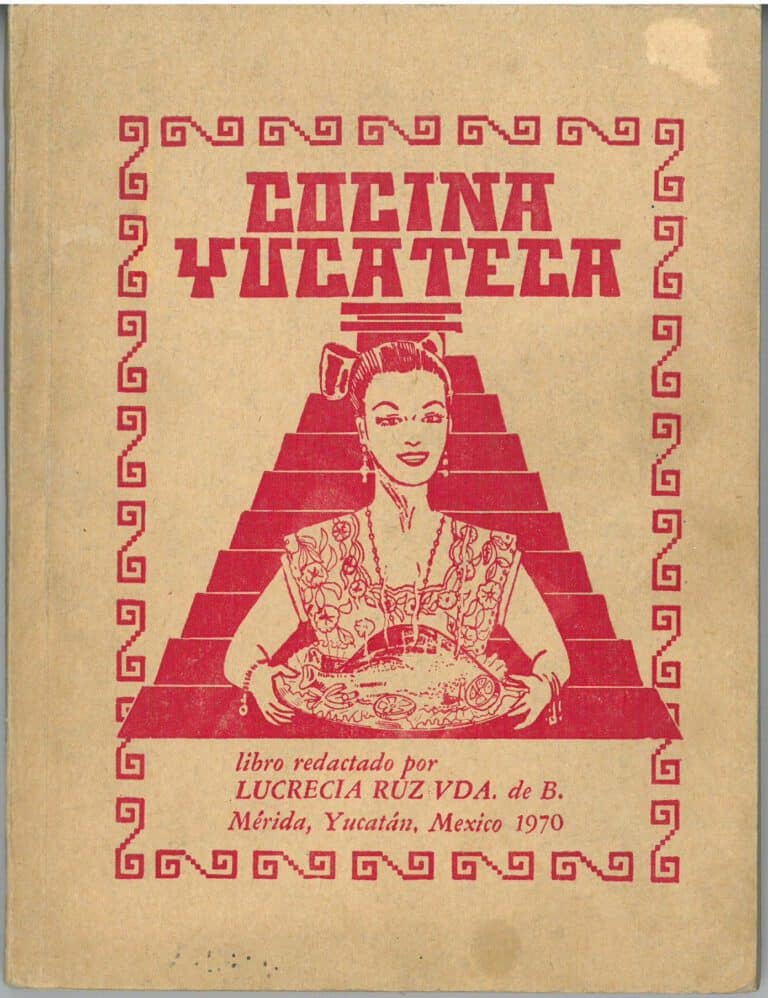
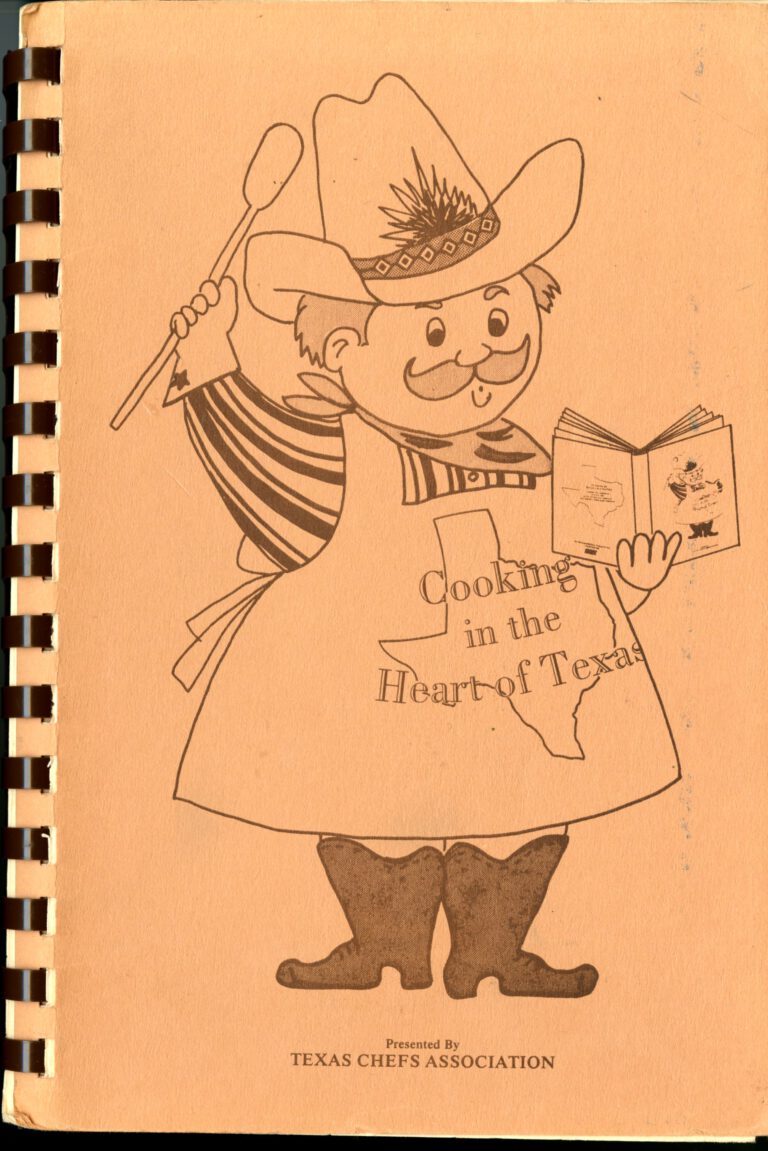

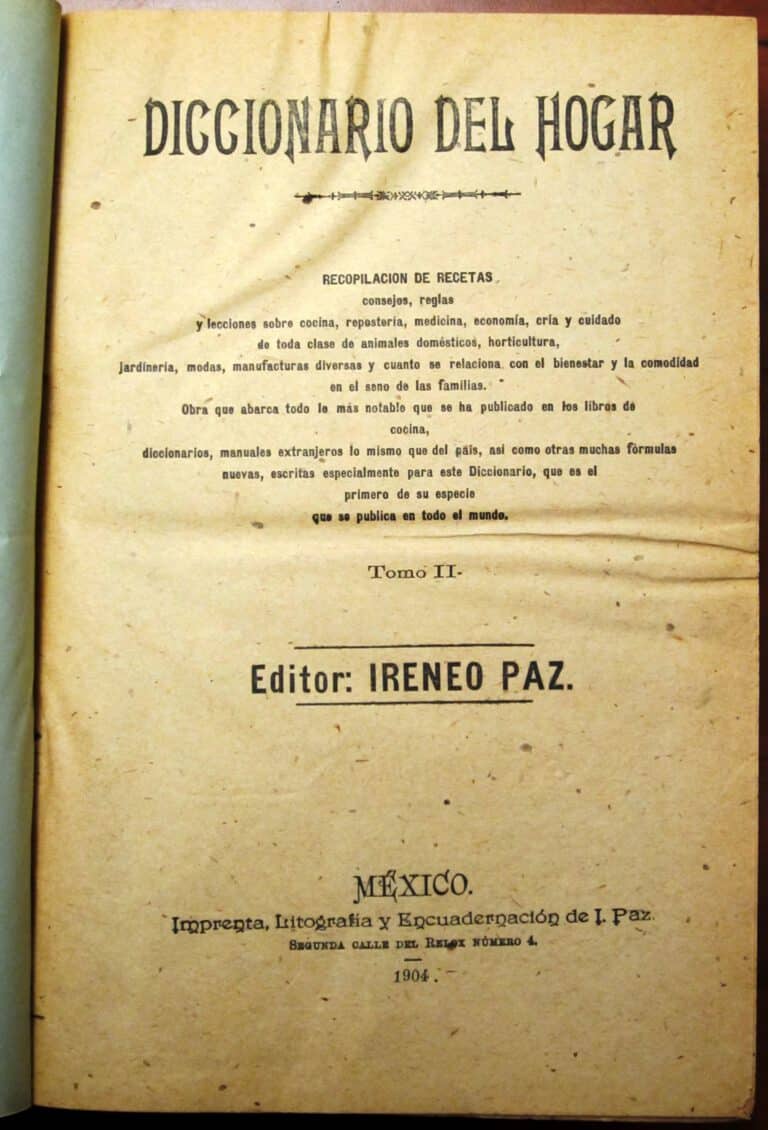
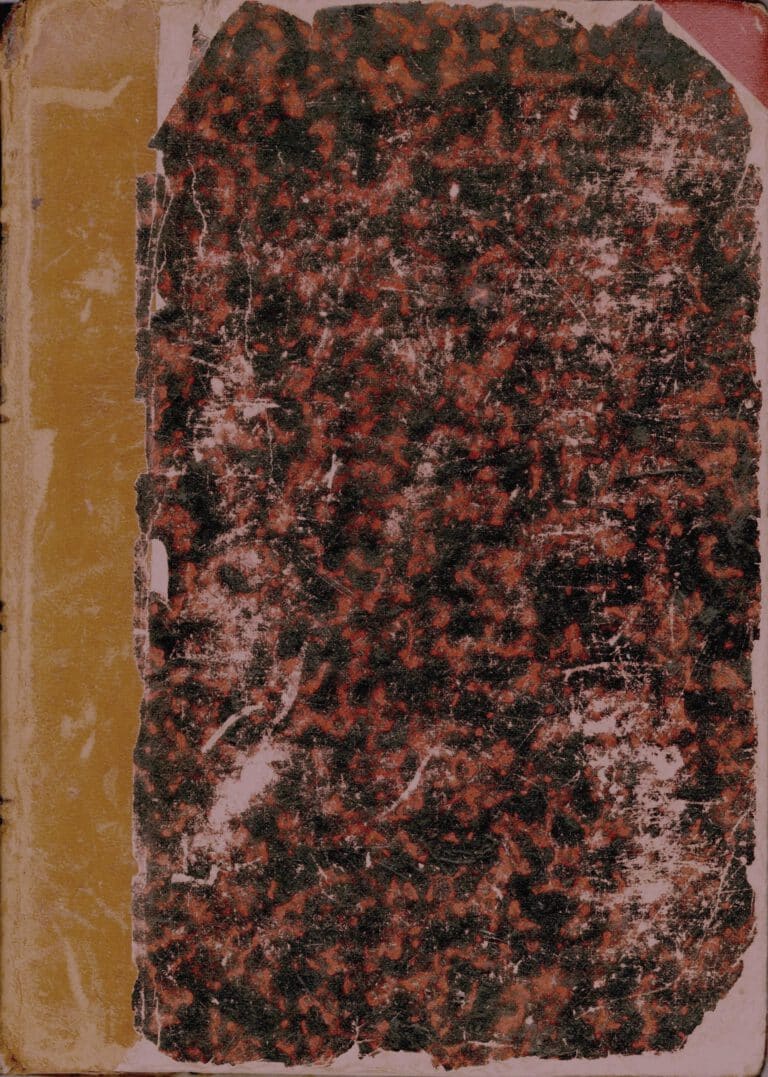
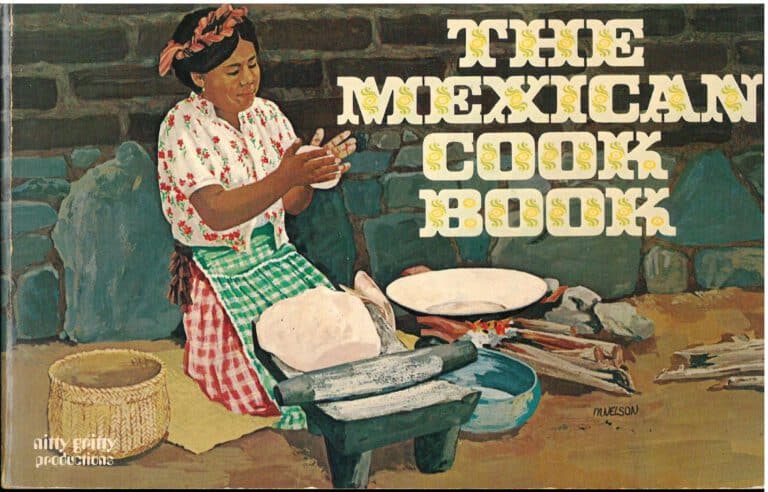
Regarding “one real’s worth of almonds”, is it possible that it’s calling for however many almonds you could buy at the time (of the book’s writing) with one real? [Being a Mexican myself, that’s my reading]